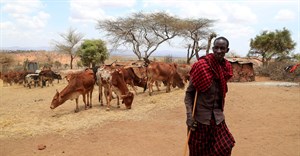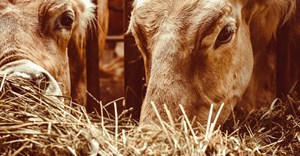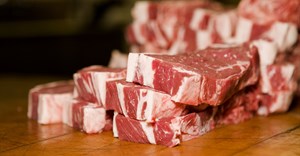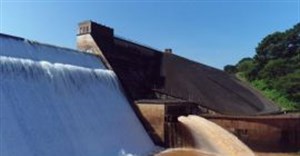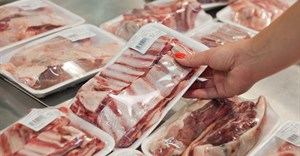
Subscribe & Follow
Jobs
- Customer Service (UK Market) Work from Home Nationwide
Transition into La Niña could ease food prices in SA

This will result in the significant moderation in food prices, particularly grains. Fruit and vegetable prices could also ease towards the end of the year as conditions improve.
Due to the impact of the drought, the country will be a net importer of maize this year as a result of domestic supply shortages. We experienced a shortage of both the yellow and white maize which are commonly used for livestock feed and staple food, respectively. The sector also shed an estimated 37,000 jobs in the fourth quarter last year. This coupled with a weak Rand led to an excessive increase in food price inflation directly impacting lower income households across the country.
Although the impact of La Niña will not be felt immediately it will bring long-term relief to struggling consumers that are currently finding it difficult to make ends meet.
A good rainfall season to lead to lower prices
Favourable changes in weather patterns could result in South Africa producing enough maize during the 2016/17 season as production is dependent on rainfall during growing season which is usually between October and April.

A good rainfall season will lead to lower grain prices and improved grazing conditions for livestock farmers who would be entering a herd rebuilding phase. This would directly result in a moderation of meat (pork, poultry) and dairy prices. In the case of beef, prices are, however, expected to remain elevated due to supply tightness as herd rebuilding takes a bit longer. South Africa would also be in a good position to recoup its losses and grow its export revenue for next year.
Moreover, small-scale farmers who are also finding it difficult to produce enough food to feed their families would also breathe a sigh of relief.
Dam levels in the Western Cape have shown a slight recovery in recent weeks. The medium to longer term rainfall outlook for the province is relatively good with light showers expected which will be beneficial for the winter crop. It will also replenish dam levels and possibly help ease water restrictions for the region.
Two years to full recovery
However, the situation for the rest of the country is expected to remain unchanged until we get a good La Niña induced rainfall in spring or early summer.
Despite the benefits of La Nina, it will take commercial farmers about two years to fully recoup financial losses incurred due to the drought.
As the uncertainty around weather patterns continues to increase due to climate change, it is important for farmers to explore new farming technology and strategies to ensure sustainability of agriculture and food security.










